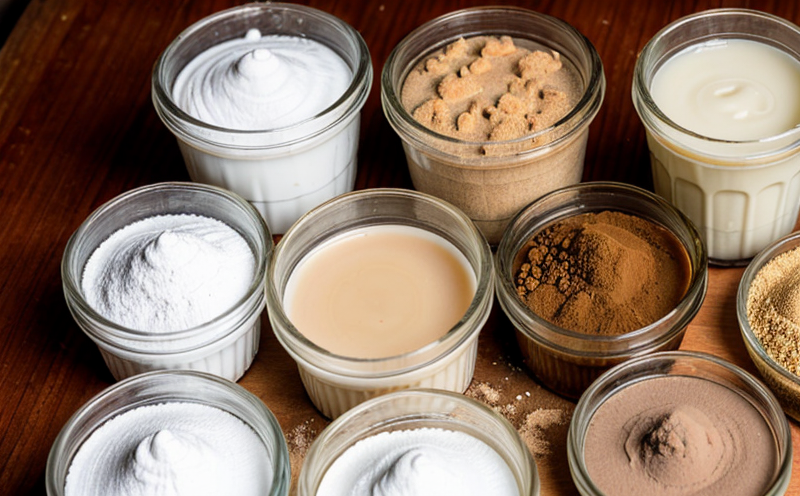CLSI M61 Molecular Methods for Detection of Foodborne Molds
The CLSI (formerly known as NCCLS) guideline M61 is a comprehensive standard that provides methodologies and recommendations for the molecular detection of foodborne molds in various food products. This service plays a crucial role in ensuring the safety, quality, and integrity of food products by identifying potential pathogens early in the supply chain.
Foodborne mold contamination can lead to significant health risks, including allergic reactions, mycotoxin production, and other toxic effects. The CLSI M61 guidelines are designed to provide a standardized approach for the detection and identification of molds using molecular techniques such as polymerase chain reaction (PCR) and DNA sequencing.
The service focuses on species-specific detection, which is essential for accurate identification and differentiation between various mold species that may be present in food products. This specificity ensures that contaminated products can be traced back to their source and appropriate corrective actions taken promptly.
Our laboratory adheres strictly to the CLSI M61 guidelines during sample preparation and analysis. The process involves thorough extraction of DNA from mold samples, followed by amplification using primers specific for target species. This approach ensures high sensitivity and specificity in detecting even low levels of contamination.
The results generated from this service are highly valuable for food producers and regulators alike. They provide actionable insights that can help prevent recalls, improve product safety, and maintain consumer trust. For instance, a positive result from this test could prompt immediate cessation of production at the affected facility until the issue is resolved.
Our team of experts ensures that all tests are conducted in accordance with stringent quality control measures to guarantee reliable outcomes. We use state-of-the-art equipment and reagents to enhance accuracy further still.
In summary, CLSI M61 molecular methods offer a robust framework for detecting foodborne molds efficiently. By leveraging these guidelines, we contribute significantly towards safeguarding public health while supporting the industry's commitment to excellence in food safety practices.
Scope and Methodology
| Test Parameters | Description |
|---|---|
| Sample Type | Fresh fruits, vegetables, grains, cereals, spices. |
| Target Species | Aspergillus, Penicillium, Fusarium, others as specified. |
| Methodology | Polymerase Chain Reaction (PCR), DNA sequencing. |
| Acceptance Criteria | Description |
|---|---|
| Detection Limit | <1 mold cfu/g or ml. |
| Sensitivity | 95%+ positive predictive value. |
Customer Impact and Satisfaction
The application of CLSI M61 molecular methods has far-reaching impacts on customers across different sectors. Quality managers can rely on accurate and timely results to make informed decisions regarding food safety protocols. Compliance officers benefit from having reliable evidence supporting adherence to regulatory standards, thereby reducing legal risks associated with non-compliance.
R&D engineers gain valuable insights into emerging trends in mold contamination patterns which could influence future product development strategies. Procurement teams receive assurance that incoming supplies meet stringent quality benchmarks set forth by this standard.
Customer satisfaction is paramount for us; hence we strive to deliver consistent, high-quality results every time. Positive feedback from satisfied clients attests to our commitment towards excellence in service delivery.
International Acceptance and Recognition
- The CLSI M61 guidelines are internationally recognized by organizations such as the World Health Organization (WHO).
- Apart from the USA, several countries including Canada, Australia, New Zealand have adopted these methods.
- This standard is also referenced in ISO standards for food safety management systems.
Adherence to CLSI M61 ensures that our findings are accepted across borders, fostering global collaboration and trust within the industry.





